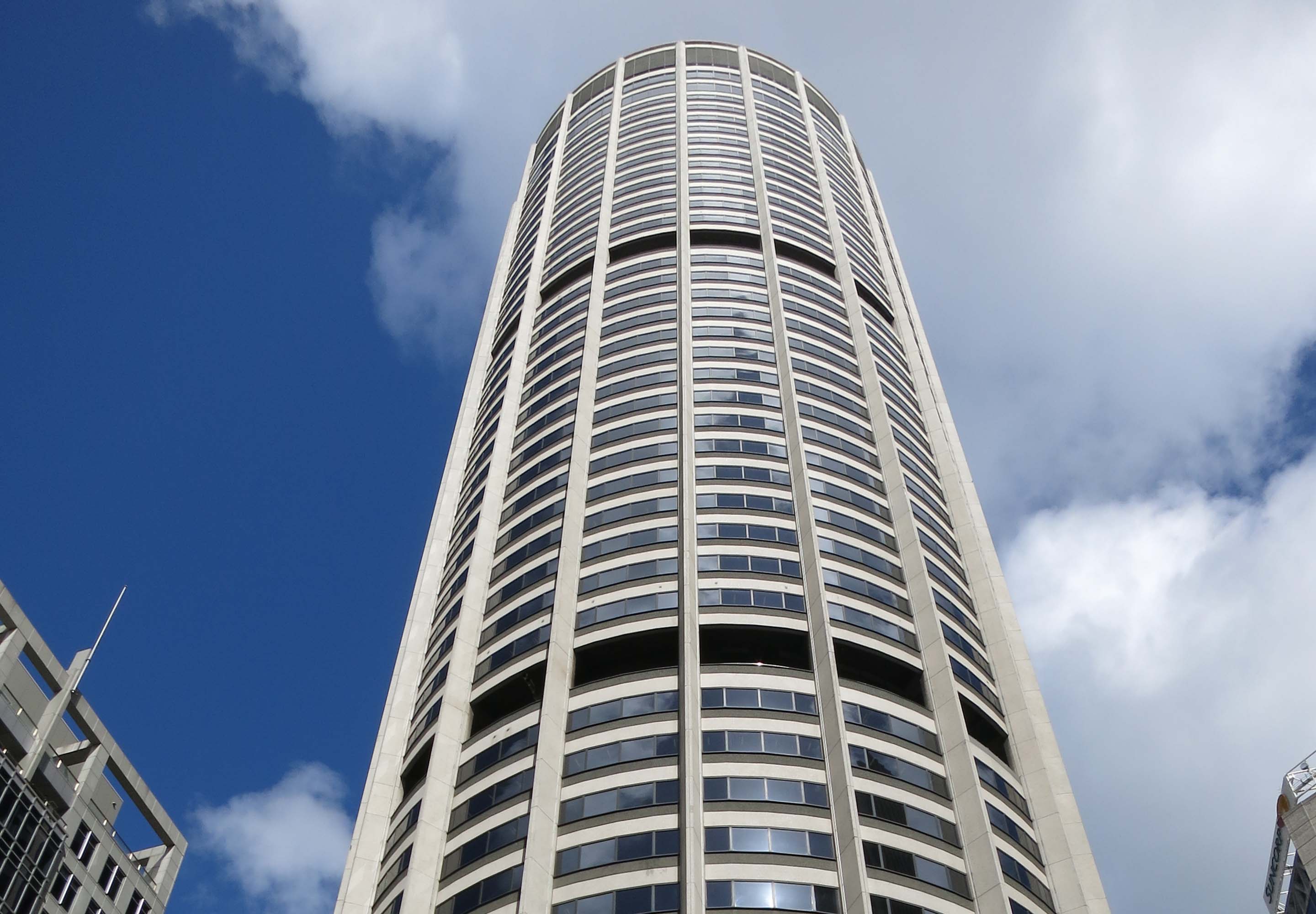
Australia Square—Caring for an Australian Icon
Australia Square—in the heart of Sydney’s CBD—was designed as an investment grade commercial property and remains an important commercial site, with high public accessibility and popularity. It is recognised as a place of exceptional heritage significance, being ‘an icon of modern Australian Architecture which exemplifies the innovative work of one of the nation’s leading modern architects: Harry Seidler’.
This year as the site celebrates its fiftieth birthday, it also faces demands for change in various functional, physical, technological, statutory and social contexts, while also ensuring that the significant values—including elements and characteristics—that make it so notable are retained and appreciated.
The Architectural Guidelines for Managing the Future of Australia Square were developed in 2012 by GML Project Manager Jyoti Somerville with Greg Holman of Harry Seidler and Associates.
The Guidelines are a key tool for decision making about the ongoing care and management of the site. The overall goal of the Guidelines was to conserve significance while supporting the need for the place to retain its commercial relevance and position.
Key components of the decision-making framework—developed from the Australia ICOMOS Burra Charterprinciples and the ICOMOS ISC20C ‘Approaches for the Conservation of Twentieth-Century Architectural Heritage, Madrid Document 2011’—include:
- – understanding the values, elements and characteristics that contribute to the heritage significance of the place;
- – applying appropriate conservation planning methodology;
- – appropriately researching and understanding the technical attributes of the building (materials, construction methods, etc);
- – acknowledging and managing pressures for change as a constant factor in long-term management planning, particularly in areas such as equality of access and environmental sustainability;
- – managing change sensitively and with a respectful approach to additions and interventions;
- – respecting the authenticity and integrity of the place; and
- – promoting and celebrating the significant twentieth-century heritage of the place with the wider community.
The use of historic and contemporary images and drawings helps decision makers readily navigate the Guidelines. Short sections of text with bullet-point summaries predominate and are divided into specific categories relating to location (tower, plaza, plaza building, interior/exterior, etc), functional role, relationship to original design principles for the site, integrity and contribution to overall significance for ease of reference.
Five years on, the Guidelines continue to provide a useful summary of the principal architectural elements and characteristics of the Australia Square site including information on the original concepts and intentions of the architect, Harry Seidler. While intended to serve as the first step in an integrated approach to the ongoing care and management of the place, it is hoped that as well as providing an invaluable introduction to, and overview of, the significant elements and characteristics of this important heritage place, the Guidelines will provide an approach for managing similar icons of Sydney’s twentieth-century heritage.